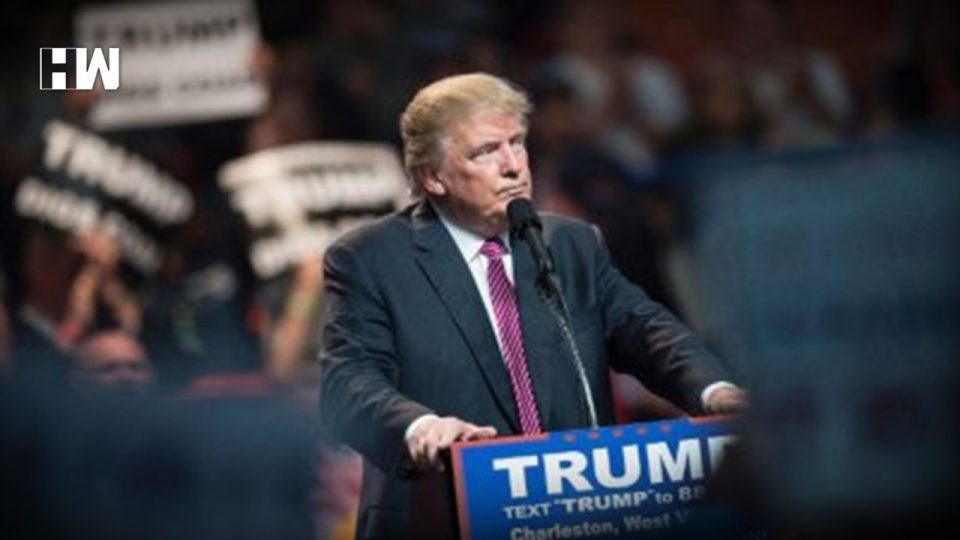The Trump administration on Tuesday raised the stakes in a growing trade showdown with China. It announced 25 per cent tariffs on some 1,300 industrial technology, transport and medical products to try to force changes in Beijing’s intellectual property practices.
The U.S. Trade Representative’s office unveiled a list of mainly non-consumer products representing about $50 billion of estimated 2018 imports that would nonetheless hit supply chains for many U.S. manufacturers. The list ranges from chemicals to TV sets, motor vehicles and electronic components.
Publication of the tariff lists starts a public comment and consultation period expected to last around two months, after which USTR said it would issue a “final determination” on the product list. It has scheduled a May 15 public hearing on the tariffs.
“As the Chinese saying goes, it is only polite to reciprocate. The Chinese side will resort to the WTO dispute settlement mechanism and take corresponding measures of equal scale and strength against U.S. products in accordance with Chinese law,” the embassy said in a statement.
The USTR target list follows China’s imposition of tariffs on $3 billion worth of U.S. fruits, nuts, pork and wine to protest new U.S. steel and aluminium tariffs imposed last month by U.S. President Donald Trump.
The USTR tariff list conspicuously excluded many consumer electronics products such as cell phones and laptop computers assembled in China and also did not include clothing and footwear, drawing a sigh of relief from retailers who had feared higher costs for American consumers.
It did include Chinese-made flat-panel television sets and many electronic components, including light-emitting diodes increasingly used in lighting products. It also targeted vehicles such as motorcycles and electric cars, aircraft parts and electrical gear.
USTR Robert Lighthizer had said the tariff list was developed using a computer algorithm designed to choose products that would inflict maximum pain on Chinese exporters, but limit the damage to U.S. consumers.
China ran a $375 billion goods trade surplus with the United States in 2017, a figure that Trump has demanded be cut by $100 billion.
But USTR said the China tariffs announced on Tuesday were proposed “in response to China’s policies that coerce American companies into transferring their technology and intellectual property to domestic Chinese enterprises.”
The agency added that such policies “bolster China’s stated intention of seizing economic leadership in advanced technology as set forth in its industrial plans.”
China has denied that its laws require technology transfers and has threatened to retaliate against any U.S. tariffs with trade sanctions of its own, with potential targets such as U.S. soybeans, aircraft or heavy equipment.
A USTR official said the tariff list targeted products that benefit from China’s industrial policies, including the “Made in China 2025” programme, which aims to replace advanced technology imports with domestic products and build a dominant position in future industries.
The state-led 2025 programme targets 10 strategic industries: advanced information technology, robotics, aircraft, new energy vehicles, pharmaceuticals, electric power equipment, advanced materials, agricultural machinery, shipbuilding and marine engineering and advanced rail equipment.
Many products in those segments appear on the list, including antibiotics and industrial robots.
“Tariffs are one proposed response, but they are likely to create new challenges in the form of significant added costs for manufacturers and American consumers,” National Association of Manufacturers President Jay Simmons said in a statement.
U.S. Senator Marco Rubio said in a letter to Lighthizer and Treasury Secretary Steven Mnuchin that he was glad to see “bold” action against China.
“These necessary actions constitute an important break with the appeasement of previous administrations, and provide an opportunity to chart a new course for America’s relationship with this strategic competitor,” Rubio wrote.
As an independent media platform, we do not take advertisements from governments and corporate houses. It is you, our readers, who have supported us on our journey to do honest and unbiased journalism. Please contribute, so that we can continue to do the same in future.

